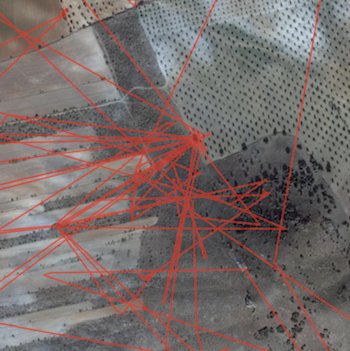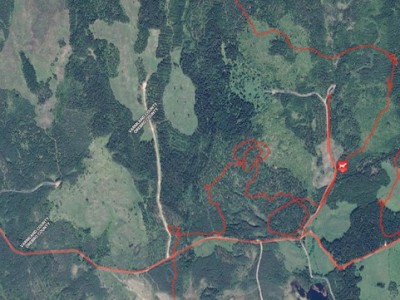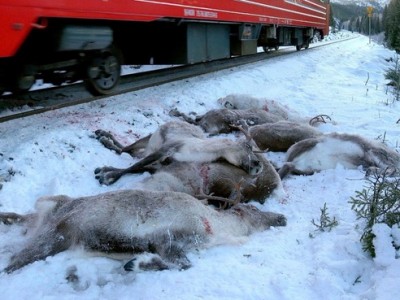
Data Analysis
Data Analysis
Manage, share, protect, analyse and archive your data with Movebank.
Hosted by the Max Plank Institute for Ornithology
Movebank
The Movebank database supports the import of tracking data based on almost any tracking method: GPS, Argos Doppler locations, radio transmitters, solar geolocators, bird rings, and natural markers. Once imported, you can view your tracks online, add reference data, manage deployment information, and use all the other Movebank features described below. Having your data in Movebank also serves as a free backup of data you have stored on your personal computer.
Manage data and deployments: Add new data, link tags to animals via deployments, and provide reference data (metadata) from the Studies page or using the Deployment Manager.
Set up a live data feed: If you are collecting data from our GPS/GSM collars, you can set up a live feed in Movebank that will import new locations several times daily.
Edit and filter data: Use the Event Editor to manually mark outliers, annotate behavioural or migration classes, or apply a variety of data filters.
Share
Researchers keep full ownership and control over the level of access to their data in Movebank. Movebank has flexible permissions settings for data owners, allowing you to easily share different levels of access with collaborators and the public. No shared software is required.
Find and be found: If you choose to make some information about your studies public, you can make it easy for others to find you online: researchers looking for collaborators, prospective graduate students, or conservation and resource management groups.
Compile multiple datasets for collaborative projects: All location data, once imported to Movebank, are in the same format. This feature, together with the ability to share your data privately with other collaborators, overcomes some of the major hurdles to combining datasets.
Analyse
Movebank includes a growing number of features to help users analyze movement data, work with additional bio-logging data, and link their data to external environmental datasets. In addition, you can easily download your data for use in ArcGIS, Google Earth, and other programs.
Link your tracks to environmental data: You can use Movebank to annotate hundreds of environmental parameters from global remote sensing datasets and weather models to your tracking data using the Env-DATA System.
Analyse Movebank data in other programs: Others have developed tools that allow you to access data directly from Movebank for further analysis, including the R package 'move' and the MoveMine program. Or contact us for help integrating your own analysis software with Movebank and making it available to other users.
Archive
Fifty years from now, how will your study populations have changed? Will your tracking data be available to help answer new questions about ecology, evolution, and global change? Collecting animal tracking data takes enormous time, effort, and funding, and also impacts the animals who carry tracking tags.
We believe that these data provide invaluable records about nature and should be preserved for future generations. To support this, Movebank has developed the Movebank Data Repository, an online infrastructure for archiving tracking data sets that are published and stored at the University of Konstanz. After going through a review process, accepted tracking datasets are granted a permanent digital object identifier (DOI) and added to the archive, which is available to the public at datarepository.movebank.org. After receiving a DOI, these datasets can be cited just like written publications and are searchable on the Web of Science.
For further information, contact Movebank directly at support@movebank.org
Who is using our GPS collars and tags?
Sign Up For Our Newletter
For offers and the latest news on our case studies


